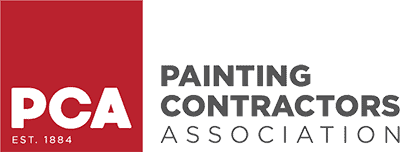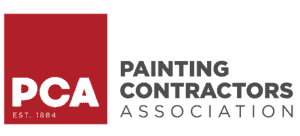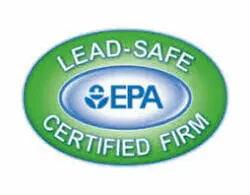DIY painting remains a popular choice for homeowners tackling smaller projects, or as an alternative to make sure that your painting project goes exactly how you need it to. However, DIY painters without much experience are also at risk of making mistakes: Mistakes in a painting project can have significant effects on how the final result looks, how expensive cleanup will be, and even on your own safety. To make things a bit easier, here are some of the most common DIY mistakes and just why you need to avoid them.
No Preparation
By preparation, we primarily mean moving furniture out of the way, cleaning walls, setting up drop cloths to catch drips, and so on. This may all take some time, but it’s incredibly important for getting the best results ““ and avoiding annoying paint splatters on other materials that you need to protect. You should also make sure you have all the necessary supplies, like paint rollers, paint trays, etc.
Not Using Painter’s Tape
We know that applying painter’s tape to all the edges in a project can be an exhausting process. It’s also one of the most important. Painter’s tape is designed to protect the edges of doors, windows, baseboards, fixtures and more so you don’t get paint on them. After the tape is applied, painting is a breeze, but without it, you will leave streaks all over materials that you really didn’t want paint to touch.
Not Using Primer
Primer isn’t always necessary, and some paints even combine paint with primer for a thicker option that can work well on some surfaces. The problem comes when people don’t know if they need primer or not, or skip primer on a surface that really needs some preparation first. If you don’t know how primer works, ask an expert or do some research! If it looks like your surface really needs primer (more common when switching between very different colors, or painting a surface that’s never been painted before), don’t skip your step.
Loading Too Much Paint on Your Brush/Roller
Not only does this make a mess, but it also tends to create ripples and lines on the surface that will show up when the paint dries unless you carefully smooth them out, which then takes even more time. Don’t overload your supplies with paint; just take it easy and use a light touch. You’ll quickly learn how much paint to use with time.
Choosing the Wrong Paint and Finish Type
For inexperienced homeowners, different types of paint may seem confusing, and it may not be apparent what the difference between words like “matte” and “high-gloss” maybe. But it’s extremely important! Gloss level affects not how shiny and reflective the paint is, but also how durable it is and how easy to clean. Latex and oil-based paints are incompatible, and can’t be used on top of each other. Know your paints before you begin!
Still need some painting help? Not sure where to start? Is there a part of your project that you aren’t ready to tackle? Let Tar Heel Painters know how we can help out! We offer a variety of residential and commercial painting services to help get your plans on track.





